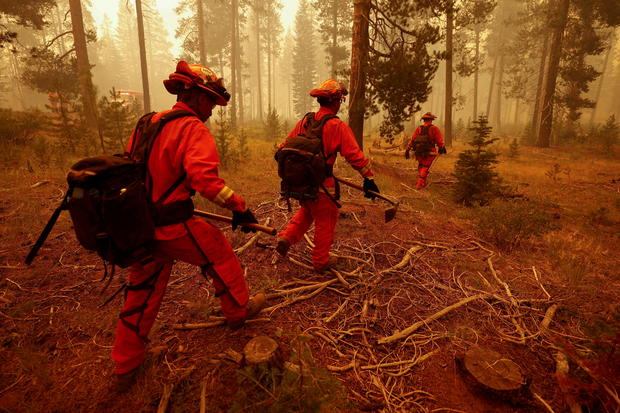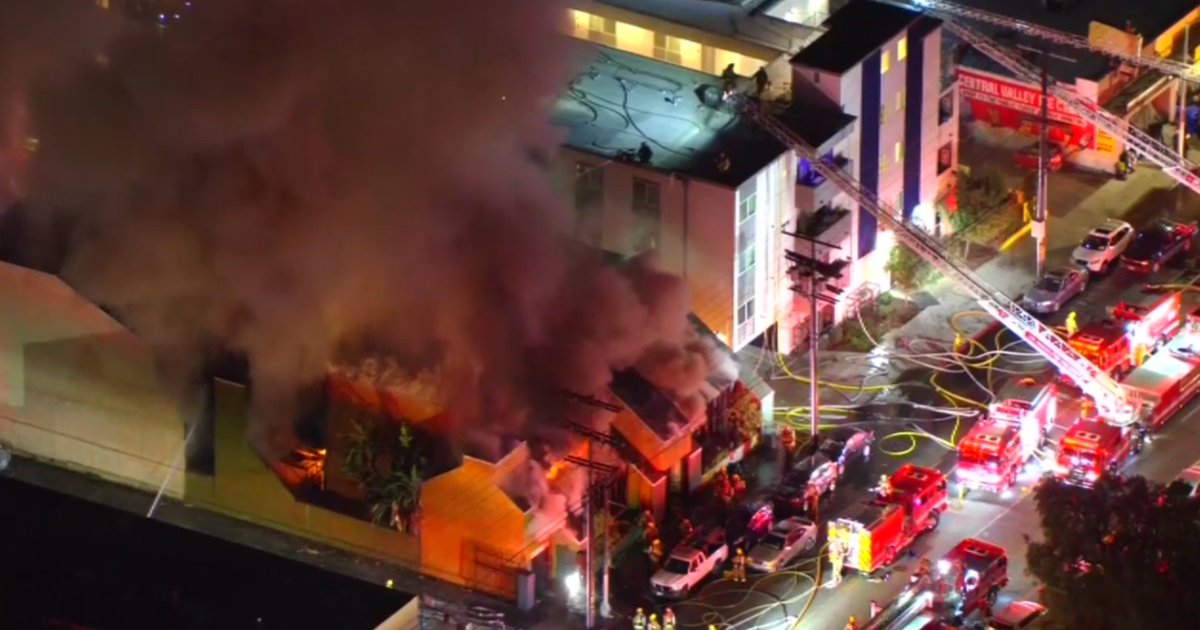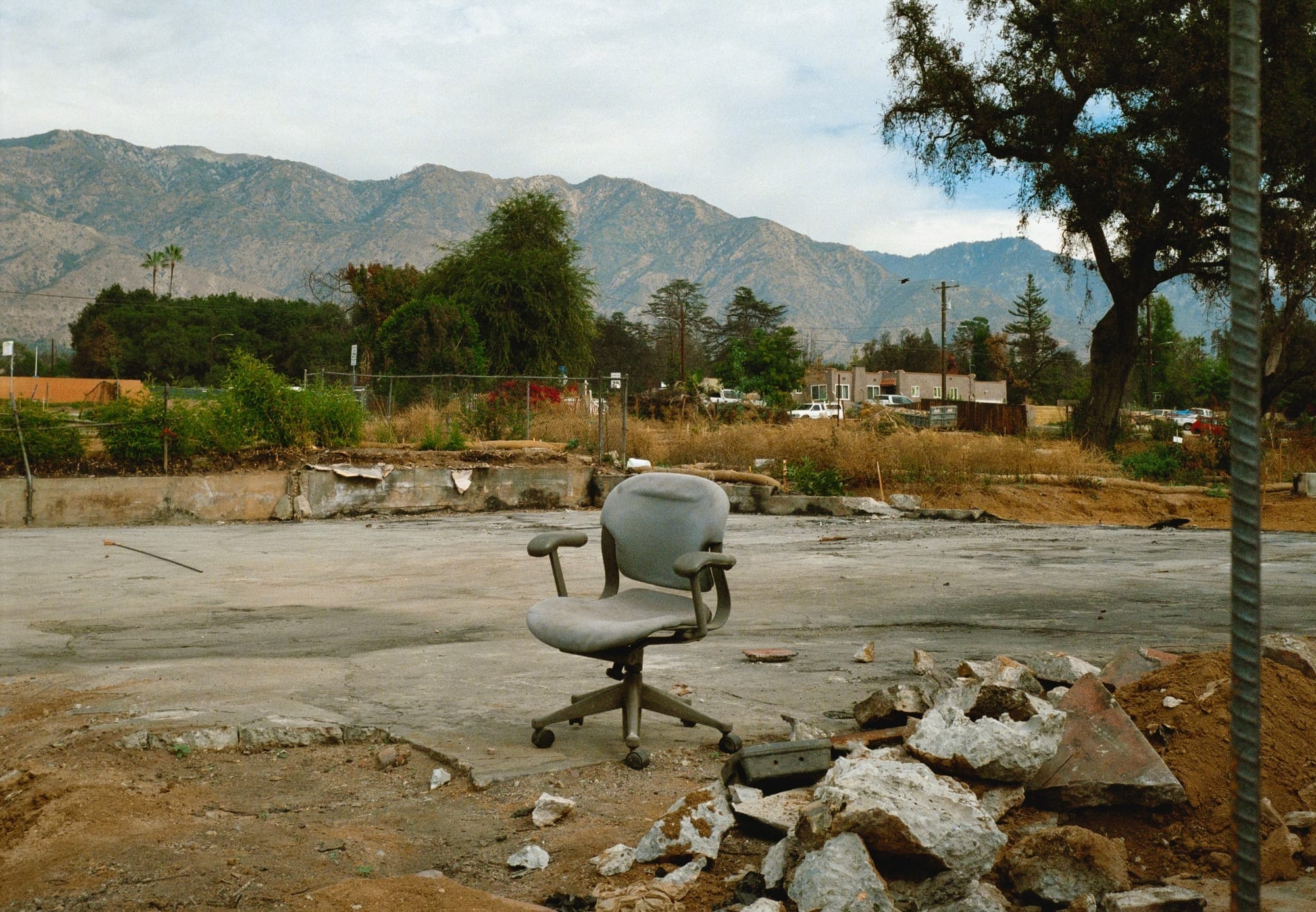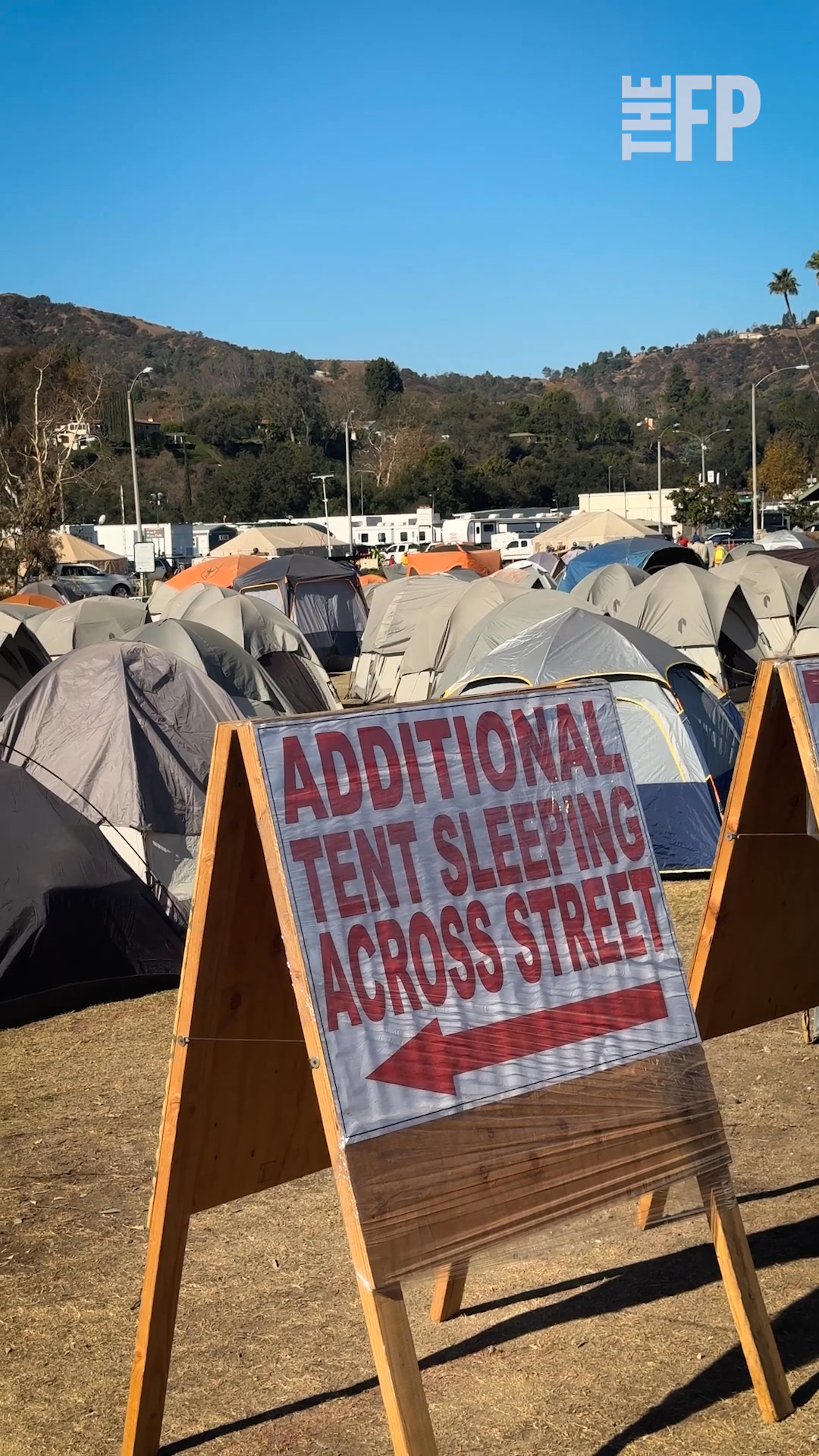Mammoth Dixie Fire grows to California's second-biggest ever
California's massive Dixie Fire is now the second largest individual wildfire in recorded state history.
As of late Sunday night, it had scorched almost 765 square miles north of Sacramento. That's more than two-and-a-half times the size of New York City. It's been burning for 25 days and was only 21% contained.
Four fire-fighters have been injured.
CBS Sacramento reported that four people were unaccounted for in the Gold Rush town of Greenville, which was all but incinerated by the blaze last week.
The Dixie Fire has destroyed 370 homes and other buildings and threatens nearly 14,000 more.
At some 489,000 acres, the Dixie Fire was the second-biggest single blaze ever in California, CBS Sacramento said.
The largest wildfire remains the 2020 August Complex Fire, which CBS Sacramento explains was made up of multiple smaller fires and burned across seven counties, destroying 935 structures. It covered 1,032,648 acres.
CalFire has more than 5,800 personnel assisting in the fight against the Dixie Fire.
California's raging wildfires were among 107 large fires burning across 14 states, mostly in the West, where historic drought conditions have left lands parched and ripe for ignition.
Conditions changing
Thick smoke that held down winds and temperatures began to clear Sunday from the scenic forestlands of Northern California as firefighters battling the Dixie Fire braced for a return of fire-friendly weather.
The winds weren't expected to reach the ferocious speeds that helped the Dixie Fire explode in size last week but were nonetheless concerning for firefighters working in unprecedented conditions to protect thousands of threatened homes.
"The live trees that are out there now have a lower fuel moisture than you would find when you go to a hardware store or a lumber yard and get that piece of lumber that's kiln dried," Mark Brunton, operations section chief for the California Department of Forestry and Fire Protection, said in an online briefing Sunday morning. "It's that dry, so it doesn't take much for any sort of embers, sparks or small flaming front to get that going."
With smoke clearing out on eastern portions of the fire, crews that had been directly attacking the front lines would be forced to retreat and build containment lines farther back, said Dan McKeague, a fire information officer from the U.S. Forest Service. On the plus side, better visibility should allow planes and helicopters to return to the firefight and make it safer for ground crews to maneuver.
"As soon as that air clears, we can fly again," McKeague said.
The Dixie Fire's cause was under investigation. The Pacific Gas & Electric utility has said it may have been sparked when a tree fell on one of its power lines. A federal judge ordered PG&E on Friday to give details by Aug. 16 about the equipment and vegetation where the fire started.
Cooler temperatures and higher humidity slowed the spread of the fire, and temperatures topped 90 degrees instead of the triple-digit highs recorded earlier in the week.
But the blaze and its neighboring fires, within several hundred miles of each other, posed an ongoing threat.
Climate change an ever-present factor
Heat waves and historic drought tied to climate change have made wildfires harder to fight in the American West. Scientists have said climate change has made the region much warmer and drier in the past 30 years and will continue to make the weather more extreme and wildfires more frequent and destructive.
Smoke from wildfires burning in the U.S. West continues to flow into parts of Colorado and Utah, where the air quality in many areas was rated as unhealthy. Denver's air quality Sunday was relatively better than Saturday, but the smoke has made the air there and in Salt Lake City among the worst in the world.
California's fire season is on track to surpass last year's season, which was the worst in recent recorded state history.
Since the start of the year, more than 6,000 blazes have destroyed more than 1,260 square miles of land - more than triple the losses for the same period in 2020, according to state fire figures.
The CBSN documentary "Bring Your Own Brigade" captures the horror and heroism of the deadliest week of wildfires in California history and explores the causes and solutions of a global crisis that is quite literally burning our world to the ground. Watch "Bring Your Own Brigade" in theaters now, and stream it on the CBS News app or Paramount+ on August 20.






